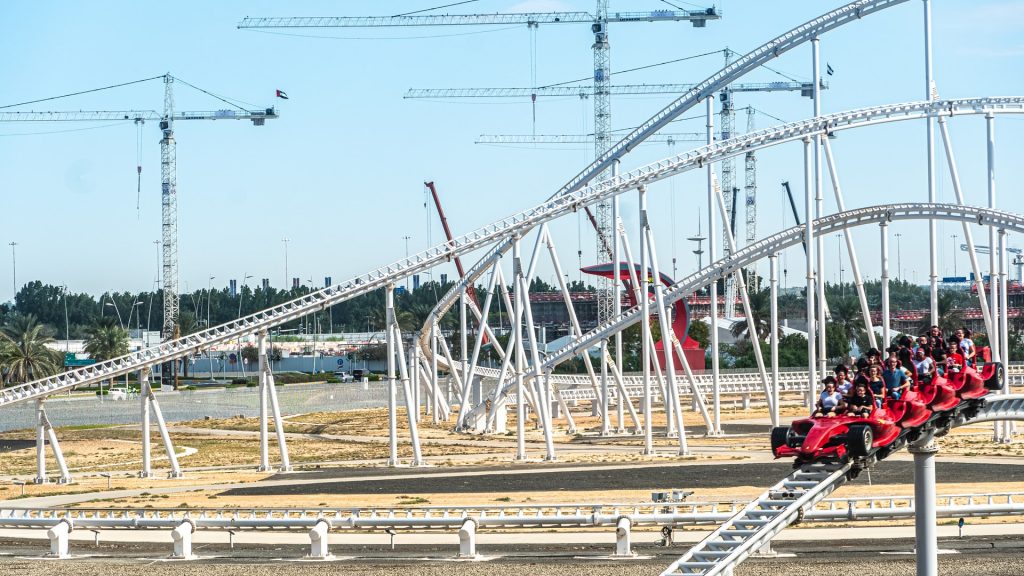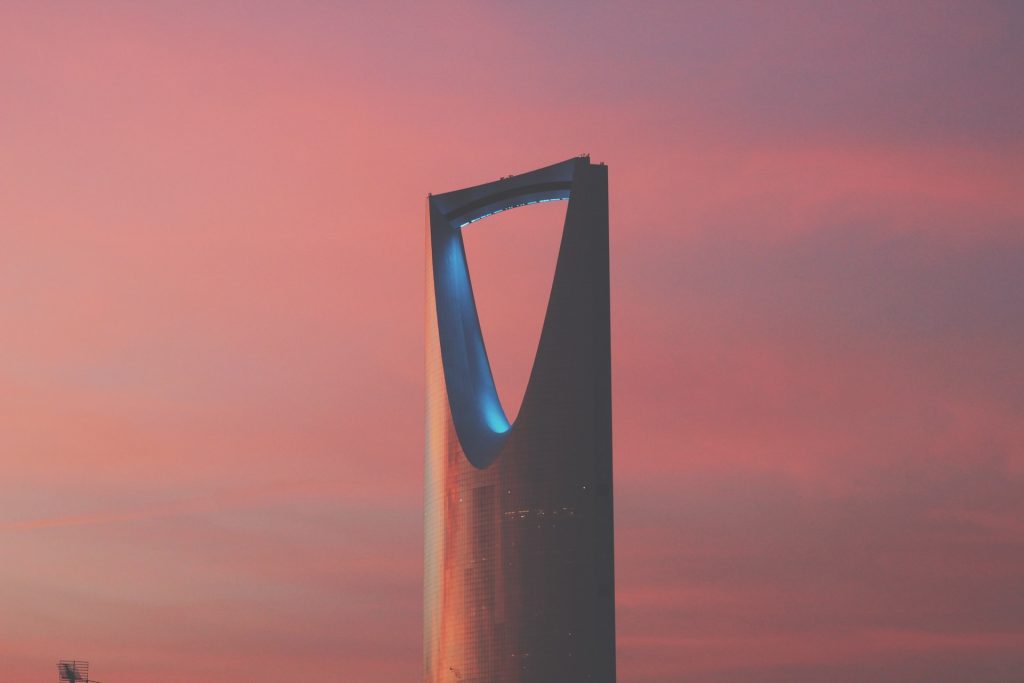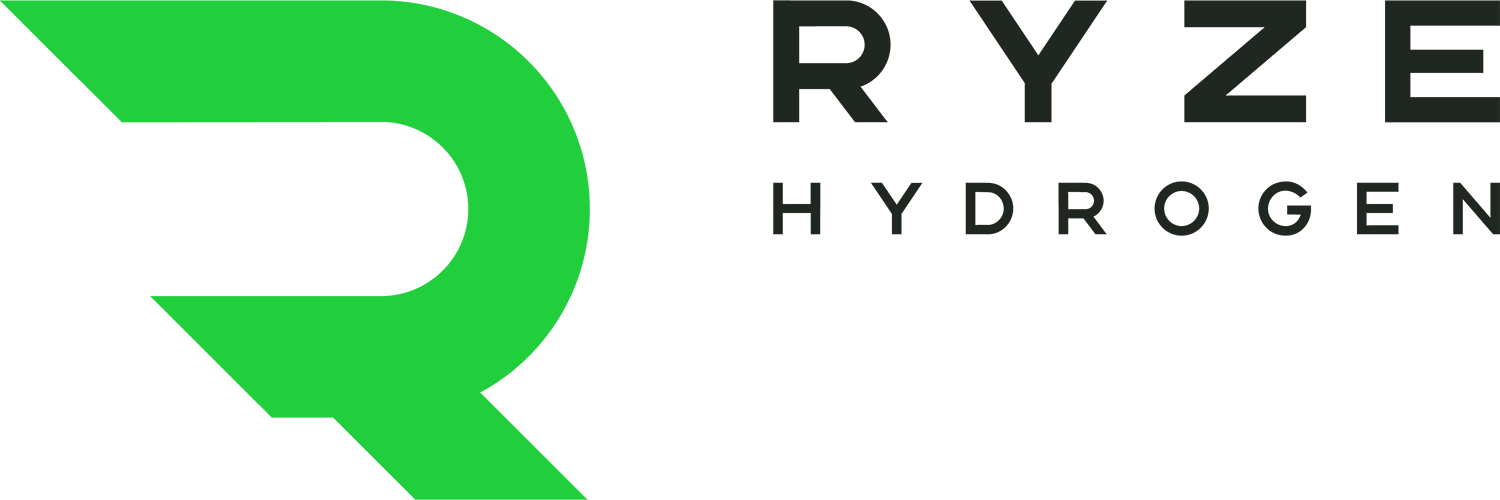For the past 20 years there has been one model for Gulf states looking to wean themselves off dependence on fossil fuels: copy Dubai.
While other Gulf petrostates once looked on as Dubai tried its hand at tourism, sports, real estate, finance, media, logistics, and all the other industries it has developed from close to scratch in recent decades, now they are mostly following its playbook.
Some were quicker than others – neighbouring Abu Dhabi, with its vast reserves of oil and a small population, was never in as big a hurry as Dubai, which began running out of hydrocarbons many years ago. Nevertheless, it launched its own airline – Etihad – and has attracted the likes of Louvre and Guggenheim to build museums as well as Ferrari World and a Formula 1 grand prix.

Abu Dhabi built and launched ‘Ferrari World’.
Qatar, an even smaller country with some of the world’s largest natural gas reserves, also has an airline to compete with Emirates, built its own financial centre, and will be hosting the FIFA World Cup later this year, despite having no suitable stadiums when it made its bid.
Saudi Arabia, the largest Arab economy, home to the world’s biggest oil and gas reserves and Custodian of the Two Holy Mosques was always likely to be a laggard. It only started offering tourist visas in 2019 and is planning to launch a rebranded national airline later this year.
What has all this got to do with hydrogen? Well, clean hydrogen is the new tourism as far as the Gulf is concerned. Except this time, they are all going for it at the same time.
Saudi Arabia, led by its forward-thinking crown prince Mohammed bin Salman, known as MBS, sees an opportunity to switch its role as the world’s biggest supplier of oil to its biggest provider of clean hydrogen.

Saudi Arabia sees an opportunity to switch its role as the world’s biggest supplier of oil to biggest provider of clean hydrogen.
Blessed with year-round sunshine, it has already set records for the cheapest solar energy in the world, suggesting it is going to be one of the lowest cost producers of green hydrogen. The first hub is expected to be on the Red Sea coast in a city called Neom that does not yet exist. Production is slated to begin in 2026.
It also has vast reserves of natural gas, which it intends to tap to produce blue hydrogen at what is also likely to be a highly competitive price.
Yet, the advantages it holds in terms of natural resources and location are matched by other Gulf states, not least the United Arab Emirates, led by Abu Dhabi, which also has big clean hydrogen plans and is aiming for a 25% share of the market by 2030. Oman, Morocco and Egypt are also aggressively pursuing the clean hydrogen market, while outside the Middle East, Russia, another economy heavily dependent on fossil fuels, is targeting 20% of the hydrogen market by 2030.
Unlike oil, hydrogen can be produced through electrolysis by any country with renewable energy resources, whether wind, solar or hydropower. Even assuming Gulf countries can produce hydrogen so cheaply that it is viable to export it, margins are likely to be incredibly slim compared with oil.
Saudi Arabia can produce crude oil for $2.80 a barrel and it currently sells on global markets for north of $90 a barrel.
Should Saudi Arabia succeed in becoming the world’s biggest exporter of clean hydrogen, it is not going to fill the public coffers in the same way that hydrocarbons do. There’s a lot riding on that new airline.
To learn more about Ryze Hydrogen click here.





